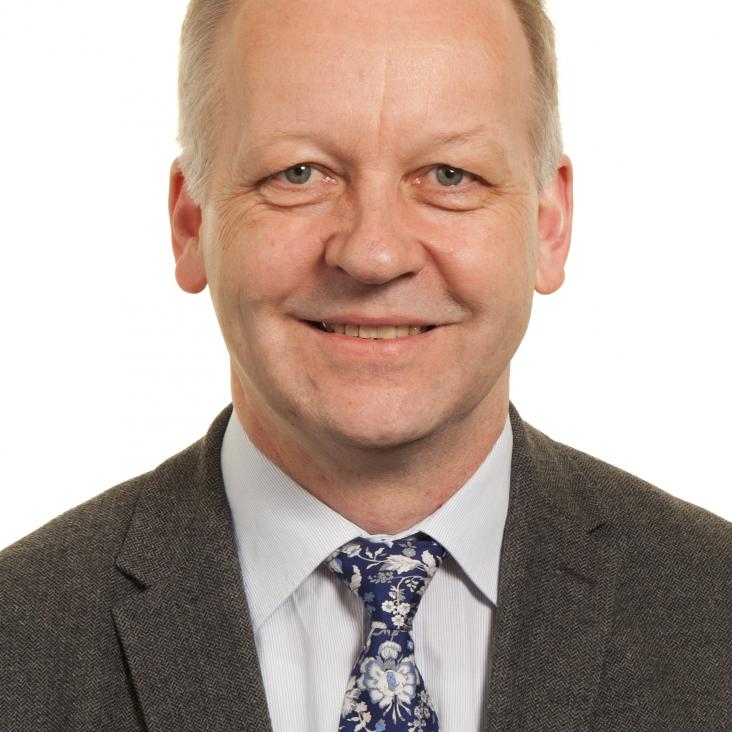Edelweiss
AIP Conference Proceedings 1441 (2012) 509-511
Abstract:
The EDELWEISS-II collaboration has performed a direct search for WIMP dark matter with an array of ten 400 g heat-and-ionization cryogenic detectors equipped with interleaved electrodes for the rejection of near-surface events. Results from eleven months of continuous operation at the Laboratoire Souterrain de Modane are shown and their interpretation in terms of limits on the cross-section of spin-independent interactions of WIMPs and nucleons presented. The result obtained demonstrates the excellent background rejection capabilities of these simple and robust detectors in an actual WIMP search experiment. © 2012 American Institute of Physics.Extending the CRESST-II commissioning run limits to lower masses
Physical Review D - Particles, Fields, Gravitation and Cosmology 85:2 (2012)
Abstract:
Motivated by the recent interest in light weakly interacting massive particles (WIMPs) of mass ∼O(10GeV/c2), an extension of the elastic, spin-independent, WIMP-nucleon cross-section limits resulting from the CRESST-II commissioning run (2007) are presented. Previously, these data were used to set cross-section limits from 1000GeV/c2 down to ∼17GeV/c2, using tungsten recoils, in 47.9 kg-days of exposure of calcium tungstate. Here, the overlap of the oxygen and calcium bands with the acceptance region of the commissioning run data set is reconstructed using previously published quenching factors. The resulting elastic WIMP cross-section limits, accounting for the additional exposure of oxygen and calcium, are presented down to 5GeV/c2. © 2012 American Physical Society.Extending the CRESST-II commissioning run limits to lower masses
PHYSICAL REVIEW D 85:2 (2012) ARTN 021301
Investigation of luminescence and scintillation properties of a ZnS-Ag/ 6LiF scintillator in the 7-295 K temperature range
Journal of Luminescence (2012)
Extending the CRESST-II commissioning run limits to lower masses
(2011)


